SriLankan Airbus A320 suffers multiple in-flight failures, declares emergency
Aerotime
JUNE 23, 2025
Aircraft are fitted with pitot tubes to assist in providing air speed data to the pilots. With this system coming online, the aircraft’s autopilot and auto thrust systems disengaged as the systems could not agree on the true airspeed of the aircraft. They received a block clearance between 30,000ft and 35,000ft.

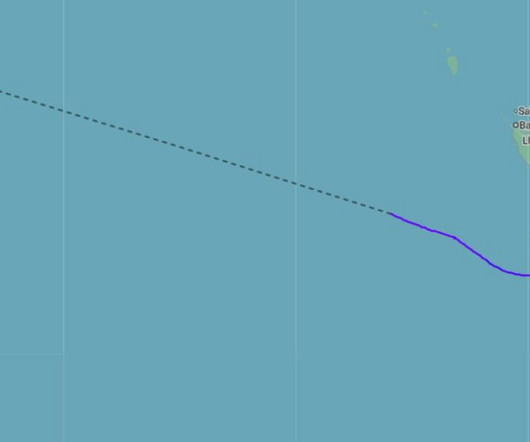


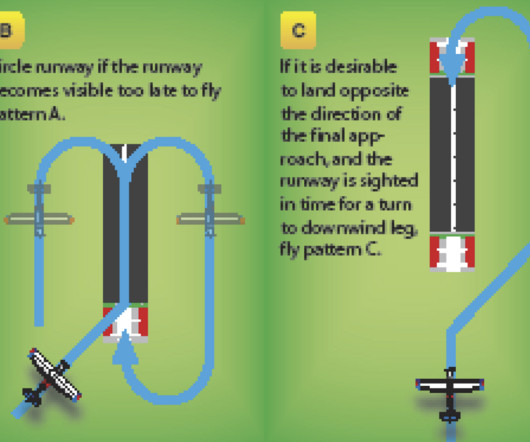

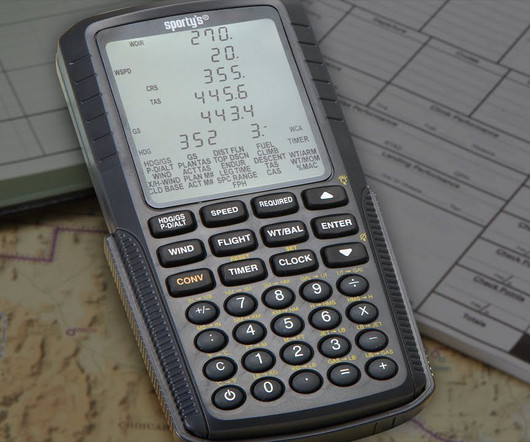

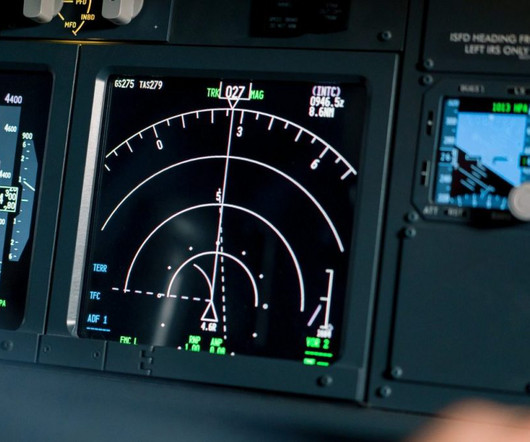
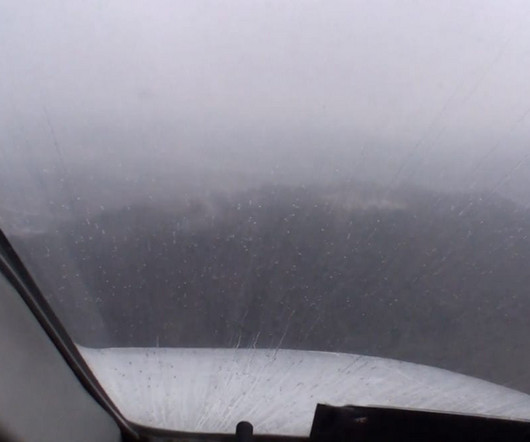
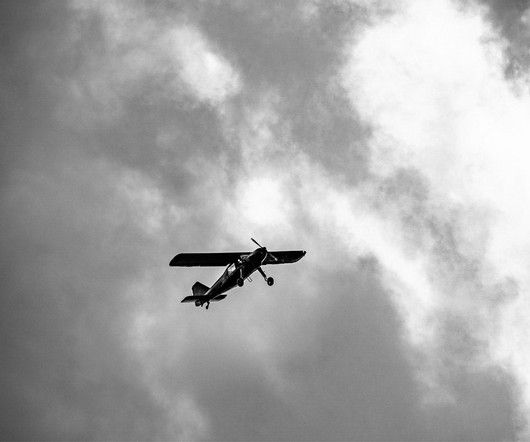
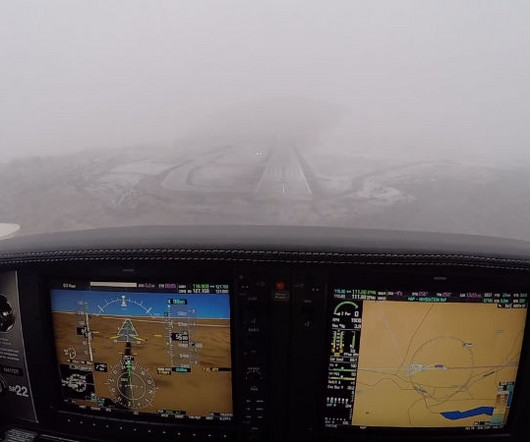











Let's personalize your content